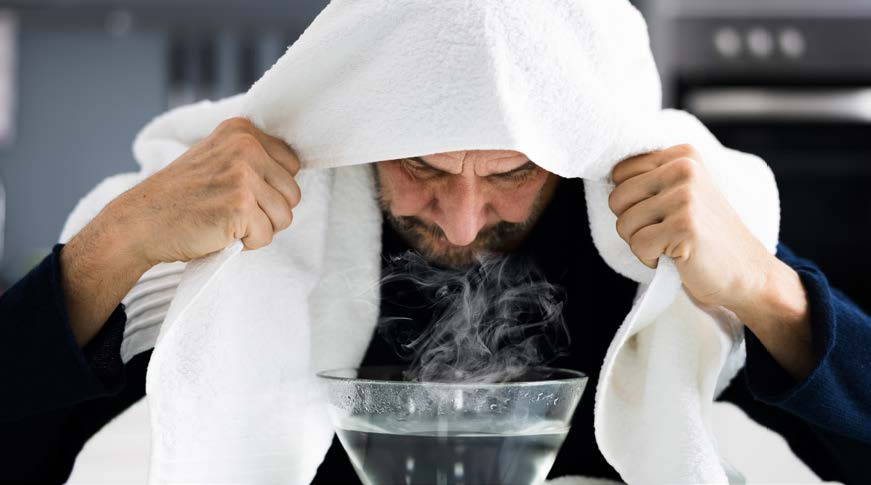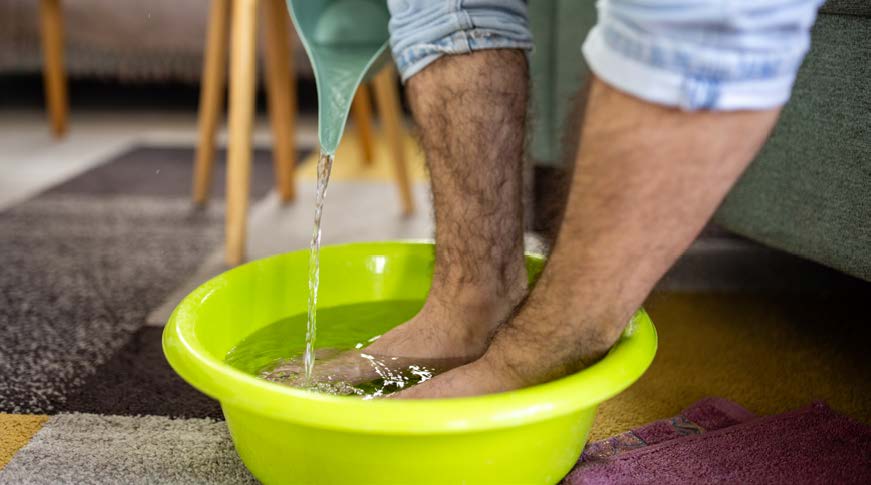First-aid Care: Reactions to Extreme Temperatures
Heat exhaustion, dehydration, hypothermia, and frostnip can all strike without very much warning.
Whether you’re working in extreme heat or bitter cold, knowing how to act fast can prevent serious health issues. From heat stress to frostnip, temperature-related conditions demand immediate and practical first-aid responses. This guide breaks down how to manage symptoms on the spot, using accessible tools and clear steps to protect your team in unpredictable conditions.
Exposure to extreme temperatures can cause physical and mental health reactions. Heat stress occurs when dehydration, salt loss, and elevated body temperature intersect. In cold temperatures, hypothermia, or abnormally low body temperature, occurs when your body can’t replace heat lost to the environment.
Signs + Symptoms
Heat- and cold-related illnesses can quickly escalate from mild to life-threatening if symptoms are not immediately addressed with first aid.
Heat: Early symptoms of heat stress include thirst, heavy sweating or cool clammy skin, weakness, fatigue, feeling dizzy or light-headed, headache, nausea, muscle cramps, irritability, and rapid or weak pulse. Urine may be a dark color due to dehydration.
Cold: Early cold stress symptoms include shivering, cold, pale, or numb skin, fatigue, clumsiness, slurred speech, and confusion. Signs of frostnip (frozen surface skin tissue) include numbness, tingling or stinging, aching, and bluish or pale, waxy skin.
First Aid
For heat stress:
- Remove protective gear and loosen tight clothing.
- Rest in a cool place until symptoms subside.
- Use a fan, spray mist, or apply cool cloths to skin. Alternatively, submerge hands and forearms or feet in a bucket of ice water.
- Sip cool water to rehydrate.
- Drink a beverage with electrolytes to replace salt loss.
For cold stress:
- Move to a warm, dry place with ambient heat.
- Remove wet clothing and replace it with dry layers (clothing, blanket, towels).
- Cover head and neck to reduce heat loss.
- Drink a warm, non-caffeinated, non-alcoholic beverage.
For frostnip:
- Immerse frostbitten areas in warm (not hot) water for 20-30 minutes.
- Apply warm, wet cloths to affected areas that cannot be submerged.
- Cover affected areas with a clean, dry dressing, especially between fingers and toes.



First-aid Supplies for Reactions to Extreme Temperatures
WorkCare recommends keeping the following supplies on-hand in your first-aid kits:
- Cold and heat packs
- Electrolyte drink packets
- Dry, sterile dressings
Note: Risk factors for heat and cold stress include advanced age, diabetes, respiratory ailments, being overweight or obese, taking certain types of medications, and other substance use.
Let’s Work Together
Ready to take your workforce health and safety to the next level?
Contact us today to learn how WorkCare can partner with you to create a healthier, safer, and more productive workplace.
